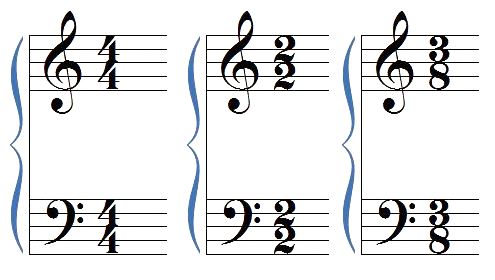http://adamquiney.com/public_html/blog/wordpress/tag/dance-angles/
This site talks about the angles in dance. However it doesn’t really talk about ballet but it was still useful. This site says that it is important to keep yourself symmetrical in dance and that our bodies form many different angles while doing certain steps. Symmetry is important for balancing in the world of dance so every dancer should maintain their symmetry.
This site was useful because now I know how important symmetry is in ballet and if I ever need to stay balanced in ballet I know it’s because of the symmetry. This site is also useful because if I want to swerve away from ballet and learn more about the dance in general I have this site.












